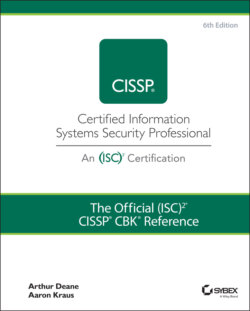Читать книгу The Official (ISC)2 CISSP CBK Reference - Leslie Fife, Aaron Kraus - Страница 136
Cost-Effectiveness
ОглавлениеPerhaps even more important than security-effectiveness (believe it or not), cost-effectiveness is a primary consideration for security teams and the management teams that oversee them. Cost-effectiveness can be calculated by performing a cost-benefit analysis that compares the cost of a countermeasure (or multiple countermeasures) to the costs that would be realized by a compromise of the risks that the countermeasures are intended to mitigate.
A countermeasure can be considered cost-effective if the annual loss expectancy (ALE) with the countermeasure plus the cost of countermeasure is less than ALE without the countermeasure. For example, if the ALE associated with theft of sensitive data is $500,000, you can theoretically spend up to $499,999.99 on countermeasures to reduce the ALE of such data theft to $0.01. Of course, you'd want to gain more than a single penny from all your troubles, but this demonstrates the point. Another way to look at it is if the ALE due to ransomware attacks on your company is projected at $200,000 and you spend $50,000 on a sophisticated backup system, the selected countermeasure has a value of $150,000 to your organization, which is quite clearly cost-effective.
NOTE Countermeasures generally have an initial acquisition and implementation cost, followed by recurring (e.g., annual) operating and maintenance costs. You should consider both sets of costs when determining whether a countermeasure makes financial sense for your organization.
